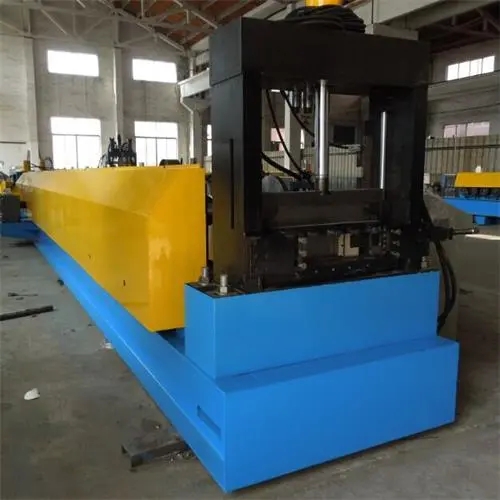
The Importance of Round Downspout Machines in Modern Construction
In the world of construction and home improvement, efficiency and precision are key factors that can significantly impact both the quality and cost of a project. One innovative machine that has emerged as an essential tool in the construction sector is the round downspout machine. This equipment is pivotal in the production of round downspouts, which serve a critical role in managing water runoff from roofs and ensuring proper drainage around buildings.
Understanding Round Downspouts
Round downspouts are cylindrical pipes installed to convey rainwater from the roof gutters to the ground, or to a drainage system. Unlike their rectangular counterparts, round downspouts have several advantages, including improved durability and a more aesthetically pleasing appearance. Their streamlined design allows for efficient water flow, which prevents blockages and reduces the risk of overflow during heavy rainfalls.
The Mechanics of Round Downspout Machines
Round downspout machines are specifically designed to fabricate these circular pipes with high efficiency and accuracy. These machines utilize advanced technology to cut, shape, and roll sheets of metal into the desired cylindrical form. Operators can easily adjust the machine settings to create various sizes, ensuring that the downspouts meet specific project requirements.
The manufacturing process typically involves the following steps
1. Sheet Material Loading Metal sheets, usually made of galvanized steel or aluminum, are loaded into the machine. 2. Cutting and Forming The machine cuts the sheets to the required length and then uses rollers to form the metal into a round shape. Some models include integrated systems that allow for additional shaping and bending as needed.
3. Seaming and Finishing Once the round shape is attained, the edges are seamed together to ensure structural integrity. Finishing touches may include coating the metal for corrosion resistance and aesthetic appeal.

This automated process not only speeds up production but also minimizes waste, making it a cost-effective solution for contractors and builders.
Benefits of Using Round Downspout Machines
1. Enhanced Efficiency With the ability to produce downspouts in bulk, round downspout machines significantly reduce the time required for fabrication. This efficiency translates into lower labor costs and quicker project completion.
2. Customization Modern machines offer customization features that allow for the production of downspouts tailored to specific architectural styles or client preferences. This flexibility is crucial in a market where uniqueness and personalization are highly valued.
3. Quality Control Automated machines produce consistent and high-quality products. The precision engineering ensures that each downspout meets the necessary standards, reducing the likelihood of leaks or failures once installed.
4. Sustainability Many round downspout machines are designed with sustainability in mind. They optimize material usage, and the ability to work with recyclable metals means that producers can minimize environmental impact.
Conclusion
The round downspout machine stands at the intersection of innovation and practicality in the construction industry. By streamlining the production of round downspouts, these machines enhance efficiency, ensure quality, and meet the growing demand for customizable solutions. As the construction landscape continues to evolve, the integration of such technological advancements will undoubtedly play a crucial role in shaping sustainable and resilient infrastructure. The future of building depends not only on the materials we choose but also on the machinery that shapes them, making round downspout machines an indispensable resource in any contractor's toolkit.